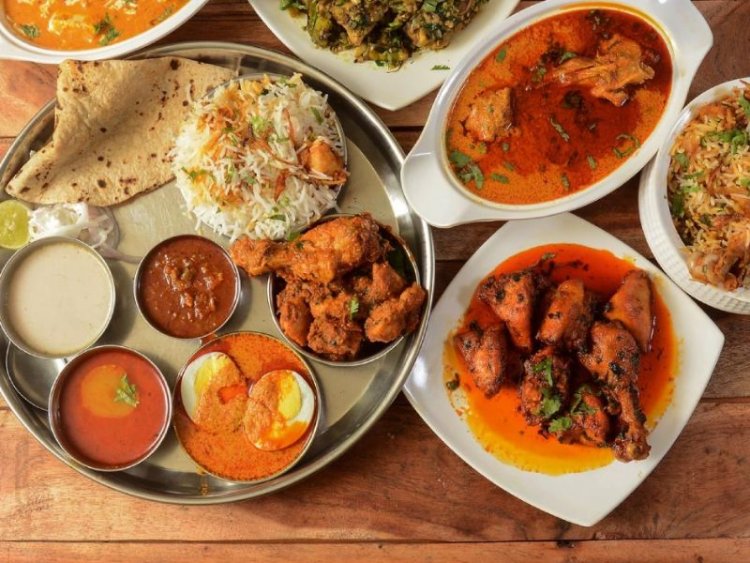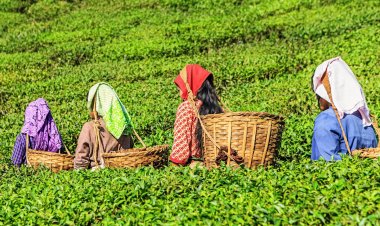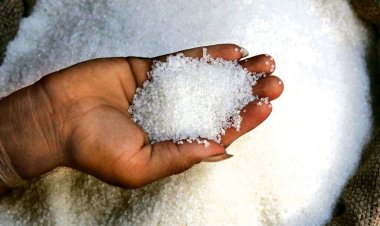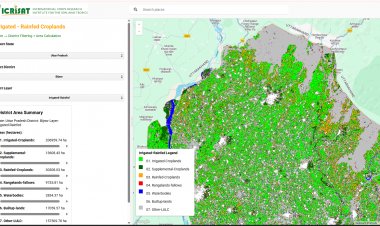Tomato relents a bit, but costlier pulses, onion, jeera robs away taste from thali
The gradual increase in the prices of pulses, onion and jeera (cumin seeds) seem to have robbed of the taste from the thali, despite drop in prices of tomato.

The gradual increase in the prices of pulses, onion and jeera (cumin seeds) seem to have robbed of the taste from the thali, despite drop in prices of tomato. The price of moong has increased to Rs 11,000 per quintal in agricultural produce markets, gram has crossed the level of Rs 8,000 and arhar has crossed the level of Rs 16,000 per quintal. Similarly, jeera is selling at a premium and onion is going the tomato way.
However, a latest CRISIL report says the cost of a household thali declined marginally in August on-month on a high base and was elevated on-year for the second time this fiscal, primarily because of firm tomato prices. The cost of a vegetarian thali rose 24% and a non-vegetarian thali 13% on-year in the month, it says. Of the 24% rise in the vegetarian thali cost 21% can be attributed solely to the price of tomato, which shot up by a whopping 176% on-year to Rs 102/kg in the month vs Rs 37 kg a year ago.
The prices of onion rose 8%, chili 20% and cumin 158% on-year, accounting for ~1% increase in the cost of vegetarian thali. For non-vegetarian thali, the cost increase was slower as the price of broilers, which form more than 50% of the cost, is estimated to have risen a moderate 1-3% on-year. A 17% on-year decline in the price of vegetable oil and 14% in potato cushioned the cost of both the thalis to some extent.
The costs could see some pull back in September as tomato retail price has halved on-month to Rs 51/kg. Also, the cost of a 14.2 kg LPG cylinder, which was Rs 1,103 in August has been brought down to Rs 903 per cylinder from September. This will also come as a relief for consumers.
CRISIL explained that the average cost of preparing a thali at home is calculated based on input prices prevailing in North, South, East, and West India. The monthly change reflects the impact on the common man’s expenditure. The data also reveals the ingredients (cereals, pulses, broilers, vegetables, spices, edible oil, cooking gas) driving changes in the cost of a thali.



 Join the RuralVoice whatsapp group
Join the RuralVoice whatsapp group









































